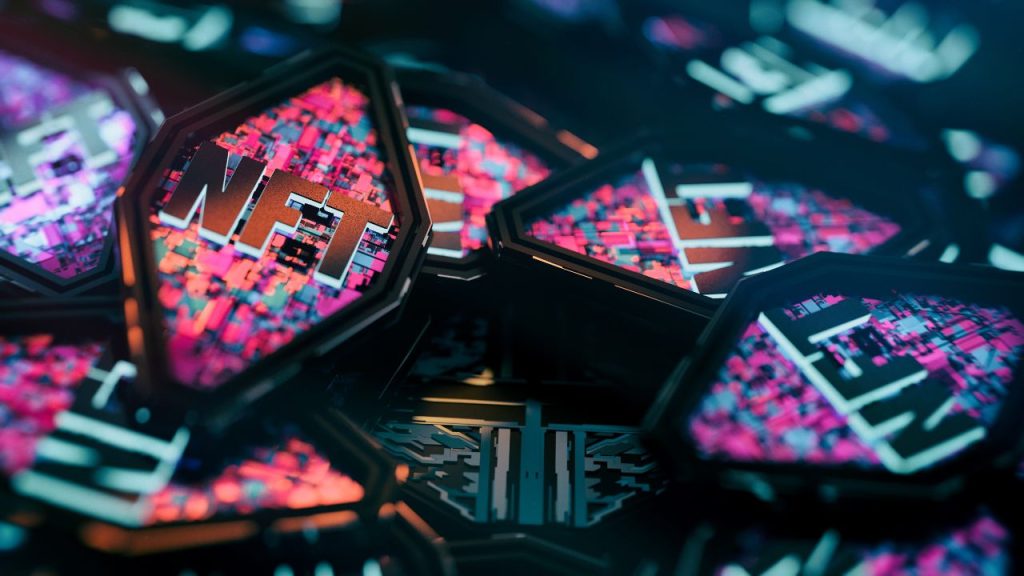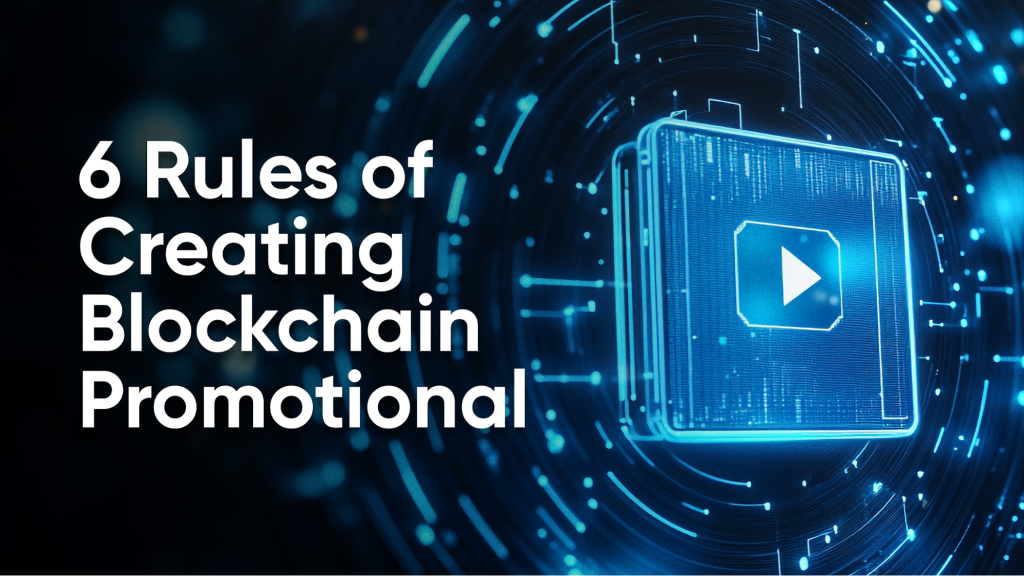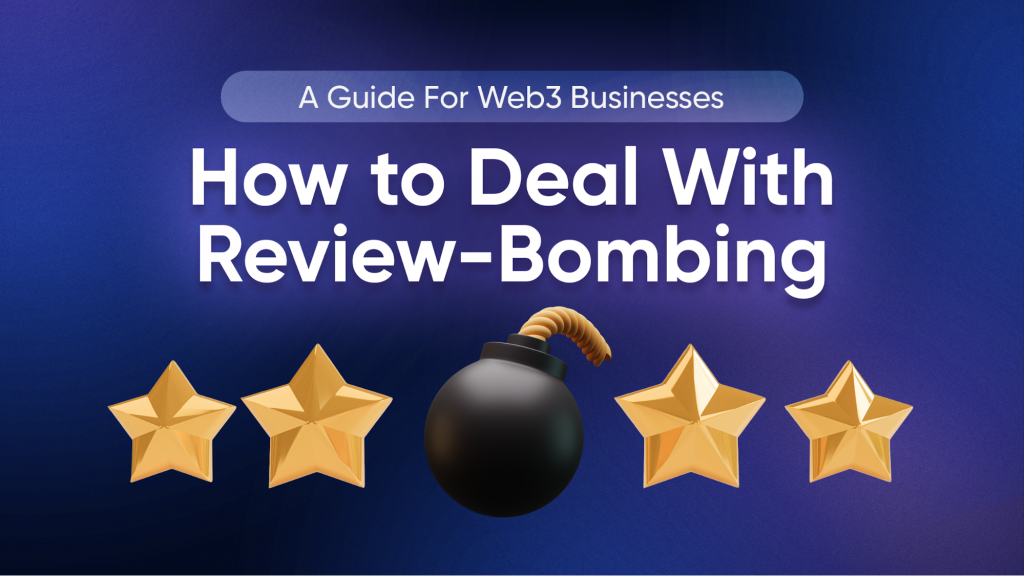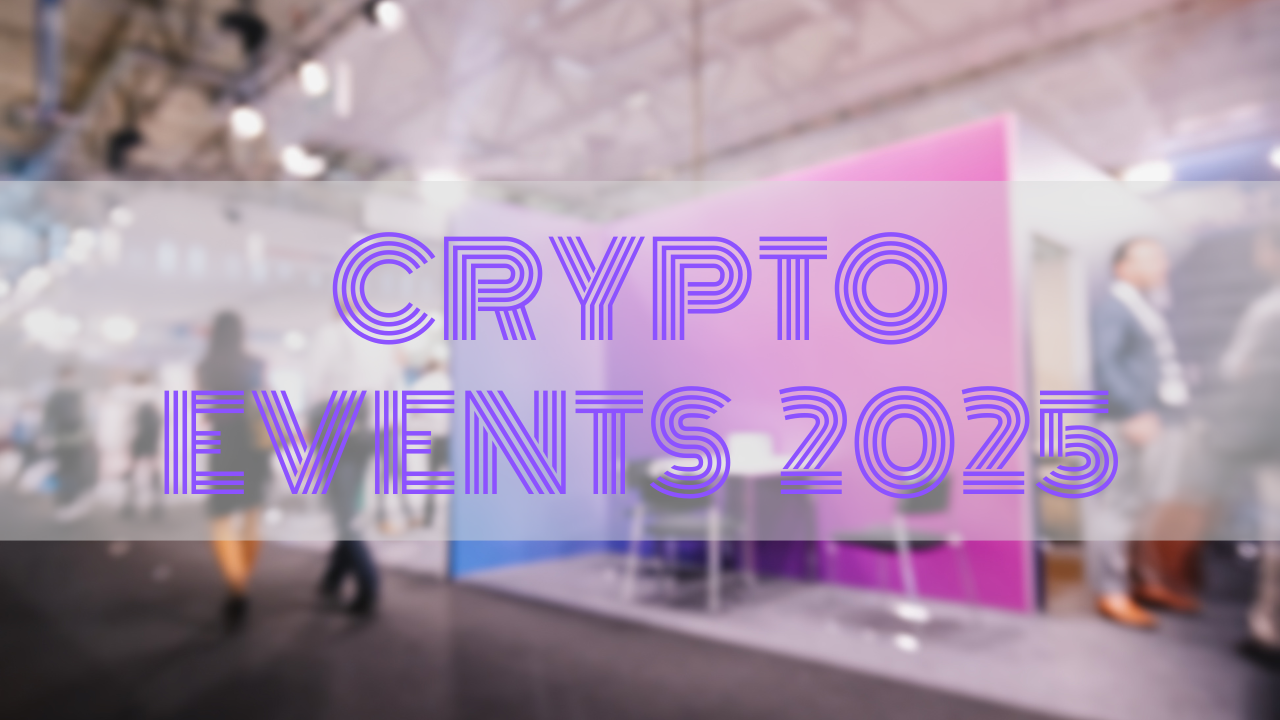Non-fungible tokens, or NFTs, have seen a surge in popularity in the last few years drastically. With the continued growth of blockchain technology and the potential for creators to benefit financially from their work, it’s no wonder that this form of digital assets has become so popular. But what trends should we be looking out for in 2023? Let’s read on to find out!
Top 5 NFT Trends You Need to Know in 2023:
Artificial Intelligence (AI) in NFTs:
Artificial intelligence is swiftly becoming one of the most talked-about topics in the tech world – and for good reason. This revolutionary technology has the potential to change just about every aspect of our lives, from the way we communicate with each other to the way we conduct business. And now, it looks like AI is set to revolutionize the world of NFTs.
The use of artificial intelligence (AI) in NFTs is one of the most promising trends in the industry. With the help of AI, NFTs can be used to create more realistic and lifelike images and videos. Additionally, AI can also be used to create more realistic 3D models of objects and environments. This trend is expected to continue to grow in popularity in the coming years as more developers explore the possibilities of AI in NFTs.
NFT Music:
NFT music is the newest thing in the music industry, and it’s not hard to see why. For starters, NFTs are a completely new way of owning and distributing music. Unlike traditional CDs or MP3s, NFTs are unique digital assets that can be bought, sold, or traded on cryptocurrency platforms like Ethereum. This means that artists can sell their music directly to fans without going through a third-party distributor. And because NFTs can be easily divided up and sold in fractional shares, they’re also a great way for artists to generate revenue from their songs.
But there’s more to NFT music than just a fresh business model. One of the big advantages of NFTs is that they’re resistant to piracy. When a song is sold as an NFT, it’s stored on the blockchain, which is basically a public ledger of all transactions. This makes it nearly impossible to copy or pirate an NFT-based song. So for artists who are tired of having their music pirated, NFTs offer a very appealing solution.
In addition, NFTs also offer some interesting possibilities for artist-fan interaction. For example, an artist could embed links in an NFT that allow fans to download exclusive bonus tracks or access exclusive website content. Or an artist could create an interactive video game that can only be played with an NFT-based song file. The possibilities are really endless!
Fractional NFTs (F-NFTs):
Fractional NFTs are a new type of cryptocurrency that allows users to fractionalize or split their ownership of an NFT. This means that you can own a part of an NFT, rather than the whole thing. For example, if you own 1/100th of an NFT, you would be able to sell or trade that portion for 1/100th of the total value of the NFT.
Fractional NFTs could potentially revolutionize the way we think about ownership and value in the digital world. They could also make it easier for people to invest in and trade NFTs, as they would not need to purchase an entire NFT to get involved. Fractional NFTs could also make it possible to create more complex and interesting NFTs, as they could be built from multiple smaller pieces.
It will be interesting to see how fractional NFTs develop over time. If they become widely adopted, they could have a huge impact on the cryptocurrency and digital art worlds.

NFT Ticketing:
NFT Ticketing is pretty simple. We’re all familiar with the concept of an event ticket. Whether it’s for a concert, a sports game, or a movie, a ticket is a proof that you’ve paid for entry and grants you access to the event. But what if tickets were digital? And what if those digital tickets were stored on the blockchain? Welcome to the world of NFTs!
One of the most popular use cases for NFTs is ticketing. By storing tickets on the blockchain, event organizers can ensure that tickets can’t be duplicated or counterfeited. Ticket holders can also rest assured that their tickets can’t be lost or stolen.
Another benefit of using NFTs for ticketing is that it allows event organizers to track ticket holders and collect data about them. This data can be used to improve the event experience and target marketing efforts.
With all of these benefits, it’s no wonder that NFTs are becoming increasingly popular for ticketing applications.
NFT Gaming:
NFT gaming is a new and exciting way to play your favorite games. Using NFTs, or non-fungible tokens, you can now own in-game items and assets that are truly unique and cannot be replicated. This allows for a whole new level of customization and ownership in your games and opens up a whole new world of possibilities for game developers.
NFT gaming is still in its early stages, but there are already a few great games out there that utilize this technology. One of the most popular is CryptoKitties, which allows players to collect, breed, and trade digital cats. There are also games like Decentraland, where players can explore a virtual world, and Axie Infinity, which lets players collect and battle creatures called Axies.
With NFT gaming, the sky is the limit when it comes to what kind of experiences can be created. So if you’re looking for something new and exciting to try out, be sure to check out some of the great NFT games that are available!
Final Thoughts:
According to a report by NonFungible.com, the NFT market grew by over 700% in 2020 alone, and it is expected to continue over the next few years. As more creators and collectors become aware of the potential benefits of NFTs, we can expect to see an increase in both the number of NFTs being created and the demand for them. While the art world has been the primary focus of NFTs, we are already seeing the technology being applied in other areas such as gaming, sports, and fashion. In the coming years, we can expect to see more innovative applications of NFTs, which could further increase their value and popularity.
Currently, the process of buying and selling NFTs can be somewhat complicated and expensive, which has limited the market to a relatively small group of collectors and investors. However, as the technology continues to evolve and become more user-friendly, we can expect to see more people getting involved in the NFT space.
However, we can also anticipate more regulations around NFTs. As the market continues to grow and more money flows into the space, there will likely be greater scrutiny from regulators and governments. This could lead to the development of new laws and regulations aimed at protecting consumers and ensuring the integrity of the market.
Overall, the NFT space is poised for continued growth and innovation in the years to come. By keeping an eye on these trends, investors and creators can stay ahead of the curve and take advantage of the many opportunities that NFTs have to offer. If you need assistance navigating all these trends and challenges, Proleo.io can help you navigate the whole process.






